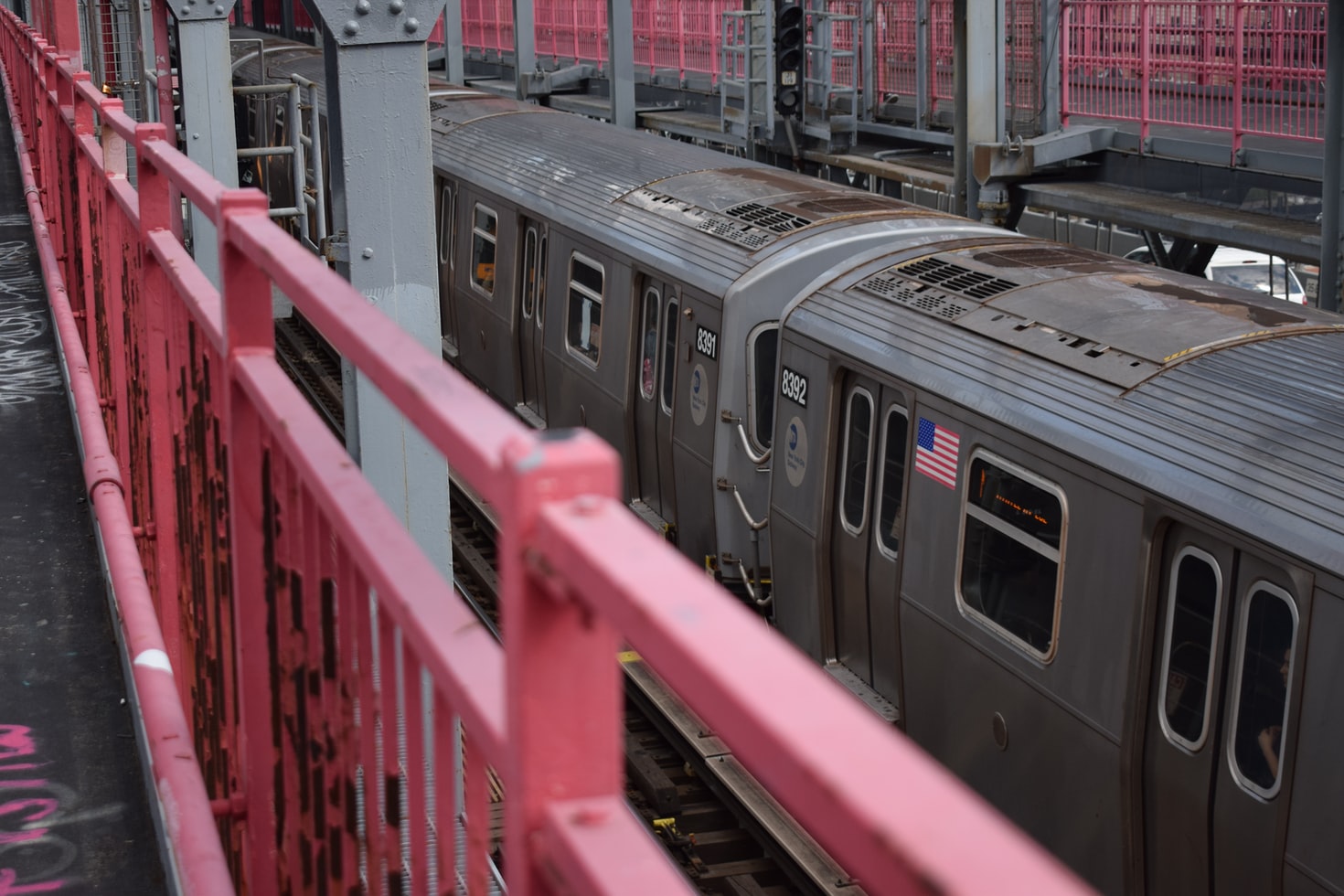The United States has 14,000 miles of railroad track that continues to transport people and products all over the country. Railways have made the United States the economic power that it is. But at the same time, they have been the site for many catastrophic injuries and fatalities.
How Often Do Railway Accidents Occur?
According to the Bureau of Transportation Statistics data, about 2,700 railway-related accidents happen each year. It means that at least seven accidents involve a railroad every day.
There are fewer railroad fatalities when compared to car crash accidents. However, railroad accident damages cost millions of dollars and are twenty times more fatal than car crashes.
Reasons behind Railroad Accidents
Many factors can cause a railway accident. But some of the most common reasons include:
Human Error
The most common cause of train accidents is human error. This is where an operator’s negligence and inexperience can cause the train to derail, collide with a vehicle, or run over pedestrians.
However, railway workers can also be liable for train accidents, aside from the operators. It includes cases where workers do not properly coordinate train activities, control signals, or switch rails.
Faulty Equipment
Faulty equipment is another common reason for railway accidents. For example, a warning light might fail to work, resulting in a train going the wrong way or an unfinished railway. But one of the more devastating examples of faulty equipment is when train brakes fail.
There are several reasons various train equipment can malfunction. But all of them can be prevented if the trains are regularly checked and maintained. Therefore, negligence, again, is the culprit.
Bad Weather
The weather has a significant impact on railway accidents. Combined with poor maintenance, extreme weather conditions can result in derailments or collisions.
Railway tracks can be slippery, and they can’t handle the train’s weight if there is too much rain or snow. Weather-related accidents can also occur due to the wrong placement of track switches and damaged signaling equipment.
Poor Construction
Railways are designed and constructed to withstand train loads and speeds. They are also built to have switches that respond to train undercarriage mechanisms.
Poorly constructed rails have serious repercussions. Not only can they cause trains to go to a different destination, but they can also lead a train to derail.
Legal Actions Post-Train Accidents
After an accident, the victims can sue operators and their companies under tort, civil, and transportation laws. If a train operator’s negligence caused personal injuries to commuters and wrongful death post-collision, the affected party has the legal right to pursue action and seek compensation.
However, commuters and pedestrians are not the only victims of a railroad accident. Railroad workers and operators can also sue their companies. If workers sustain injuries while on the job; and prove that their company has not provided them with the proper training and equipment, they can claim employer negligence under the Federal Employer’s Liability Act (FELA).
Conclusion
Railway accidents are becoming more and more common today. That is why it is important to know the laws that protect employees and passengers.
If you or a family member has been in a train accident that caused personal injury and even wrongful death, you have every right to seek justice. You have to seek sound advice from an experienced accident lawyer to know more about your legal options.
Ronemus & Vilensky is an award-winning law firm offering top-notch legal services in various areas of practice. Our team of New York’s top malpractice and accident lawyers is committed to helping you protect and assert your rights. Contact us for a free consultation today!
